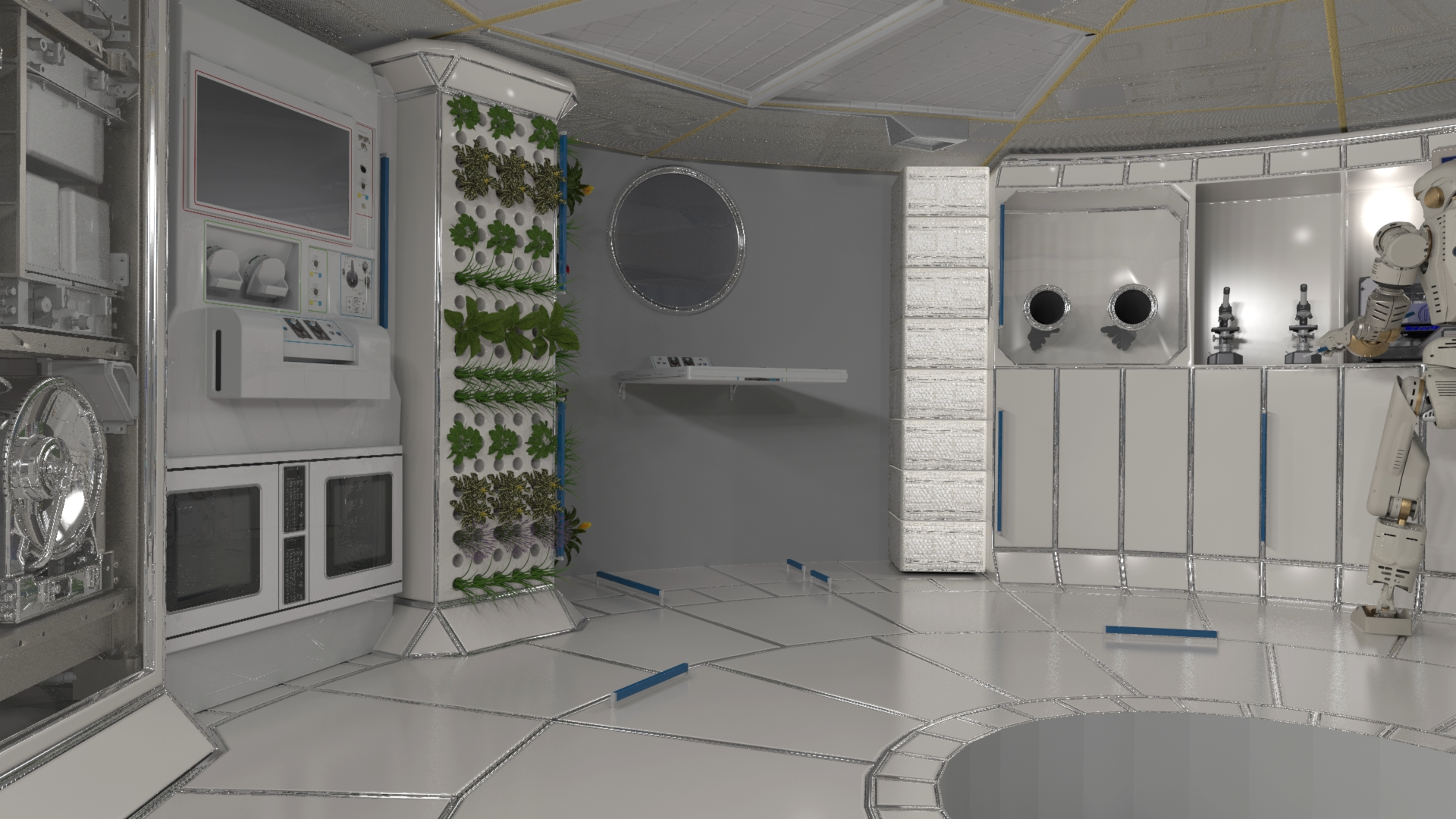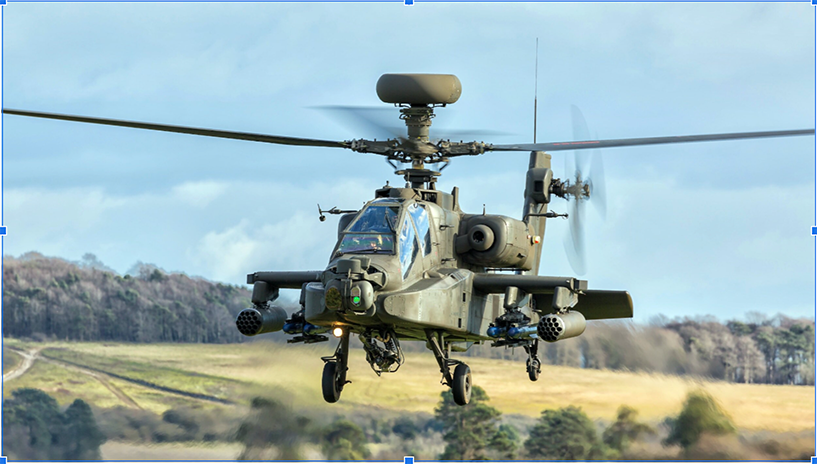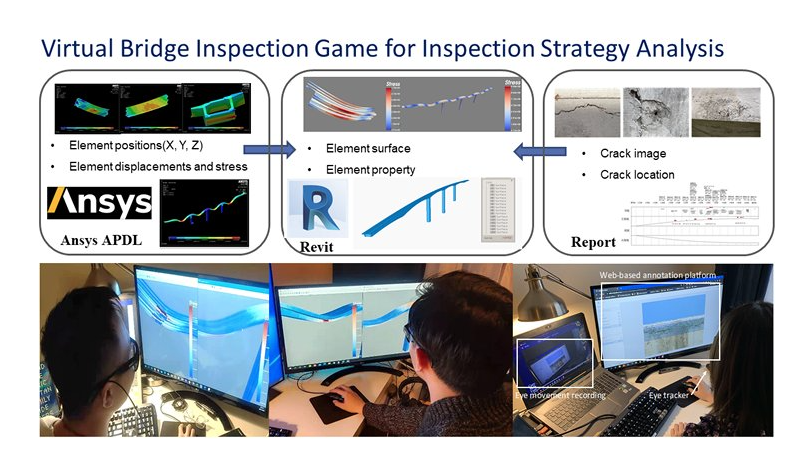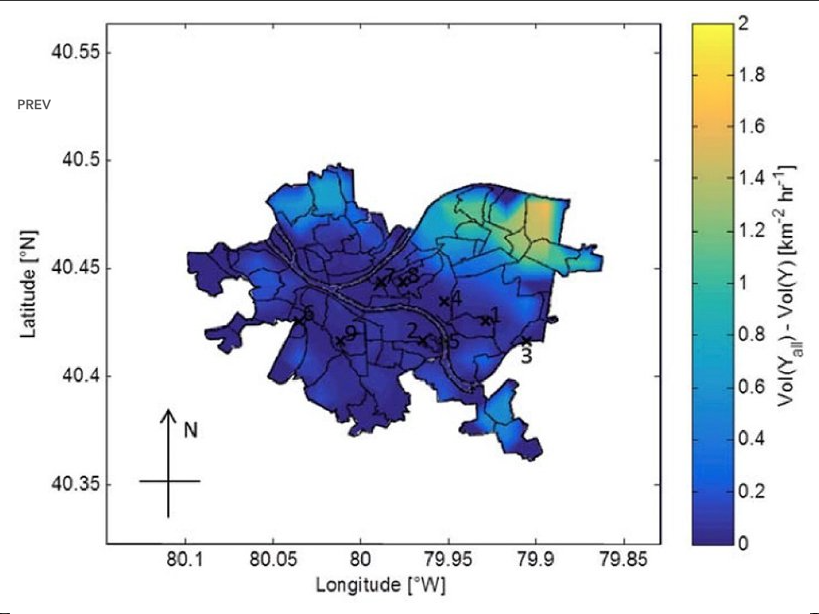IESS Example Projects
Habitats Optimized for Missions of Exploration (HOME)
Funded by NASA's Space Technology Research Institute (STRI), this research project aims to enhance the reliability of environmental control and life support systems (ECLSS) crucial for deep space missions, including those to Mars.
Over four years, the project has focused on using Digital Twins for fault diagnosis and prediction, essential for ensuring mission success and the safety of astronauts. Named Habitats Optimized for Missions of Exploration (HOME), this collaborative project with multiple universities holds significant real-world applications, particularly in fault diagnosis. Its findings are poised to improve ECLSS systems, extending beyond space missions to benefit various industries and applications.
Faculty: Burcu Akinci and Mario Bergés

Artificial Intelligence-Driven Predictive Maintenance Using Digital Twin Technologies
Funded by the U.S. Army Research Laboratory, this project develops and deploys Digital Twin technologies to drive proactive, intelligent maintenance for military aviation assets. In partnership with multiple universities and US Army personnel, this work supports the integration of AI with physics-based models capable of predicting equipment failures and underlying problems across fleets of sensitive—and critical—assets.
In addition to fieldwork and theoretical validation, the project is notable for proposing a roadmap for standardizing predictive-maintenance automation using Digital Twins. The research thus takes on one of the most significant challenges facing Digital Twin development and adoption, enabling Digital Twin adaptation to support scalability and transferability across complex systems.
Faculty: Katherine A. Flanigan and Mario Bergés

Risk Monitoring of Civil Infrastructures Using Correlated Change Patterns in Spatiotemporal Data
The overarching aim of this study is to pioneer a novel method for risk analysis in aging civil infrastructure by leveraging diverse spatiotemporal data to predict defects and structural collapse. The current manual practices for identifying infrastructure deterioration are insufficient in handling heterogeneous data to detect collective patterns indicative of potential failures.
The project seeks to develop an automated procedure for data-driven change analysis with applications across various domains. Results will have broad economic and societal benefits and foster global collaborations in change-based risk analysis. The research will empower workforces to manage diverse spatiotemporal data for infrastructure management and includes an educational focus on engaging underrepresented groups.
Faculty: Pingbo Tang

Development of Cyber-Physical Systems for Monitoring and Management of Railroad Assets
We are creating an onboard, integrated monitoring and computational technology that uses AI to automatically detect broken rails as they occur in collaboration with an industry partner. The project leverages the CMU team’s extensive expertise in designing machine learning-based approaches for monitoring the structural health of pipelines, bridges, and other civil infrastructure—as well as their recent breakthrough results from laboratory-scale studies of broken rail detection.
The project envisions the full-scale integration of our new technology while prioritizing factors essential to adoption, such as cost, accuracy, compatibility, and current regulations. By enabling trains to self-diagnose broken rails in near real-time, we anticipate a decrease in derailments, leading to substantial safety improvements and industry-wide savings. This work will usher in a new era of safe and efficient operation of quasi-moving and full-block control systems that will boost rail network capacity.
Faculty: Katherine A. Flanigan and Mario Bergés

Development of Cyber-Physical-Social Systems for Achieving Human-Centered Infrastructure Benefits
For decades, cyber-physical systems (CPSs) have transformed the design and management of infrastructure systems, improving their performance through the combination of sensing, computing, and control. While the existing CPS paradigm supports infrastructure system actuation to achieve desired economic objectives (e.g., efficiency, safety), it fails to account for possible relationships between physical system actuation and human-centered (or “social”) benefits and objectives.
This project identifies entirely unexplored social benefits derived from infrastructure systems that have yet to be scientifically understood and exploited. To address this untapped potential, this research sets the stage for the development of an entirely new field by highlighting the existing gaps and challenges to reimagining CPS theory capable of measuring, modeling, and actuating social objectives (e.g., sociability, productivity, collaboration) within physical infrastructure systems.
Faculty: Katherine A. Flanigan

SHADE: Surface Heat Assessment for Developed Environments
This project focuses on understanding and mitigating the impacts of extreme heat waves in urban areas, particularly in the United States. It investigates the complex interactions among various geophysical processes that lead to extreme heat events worsened by the urban heat island effect.
The research aims to develop models that improve the physical and probabilistic understanding of urban heat hazards. This includes enhancing our understanding of the physical factors contributing to extreme urban heat, improving probabilistic models to predict future heat hazards, assessing the vulnerability of urban populations to extreme heat, and evaluating the effectiveness of mitigation strategies like green roofs and urban trees. By combining deterministic and probabilistic modeling, this project seeks to provide more accurate predictions and risk assessments for high-temperature hazards in cities, benefiting both the scientific community and urban planners.
Faculty: Mario Bergés and Matteo Pozzi
